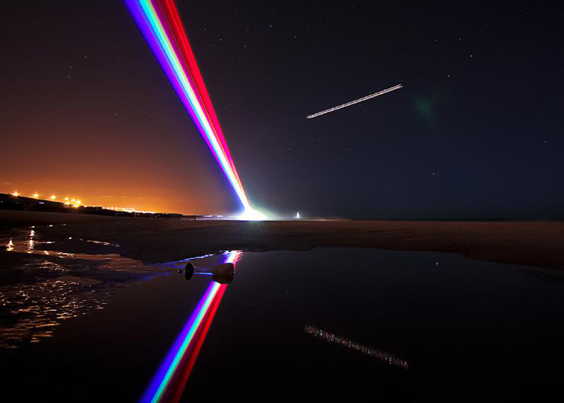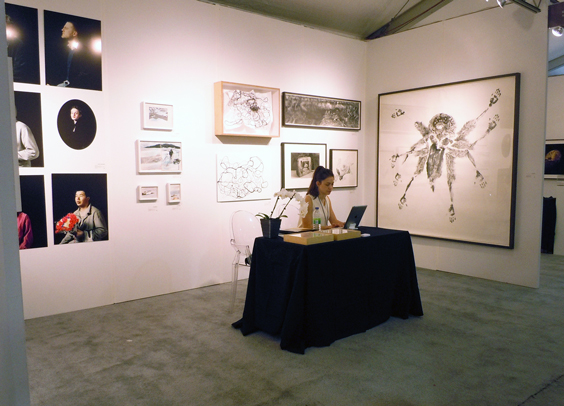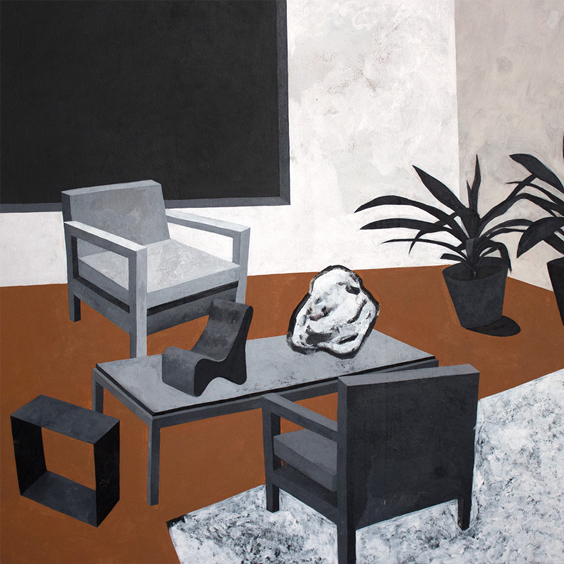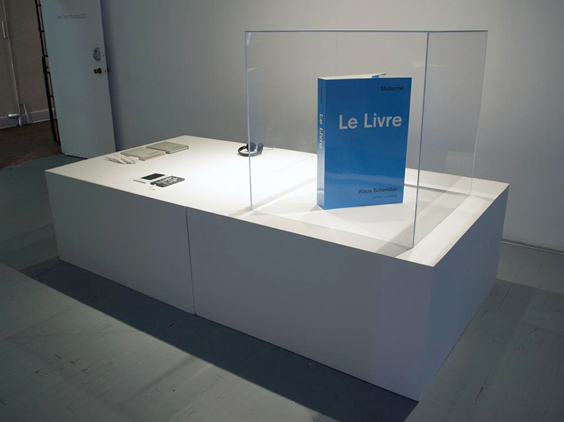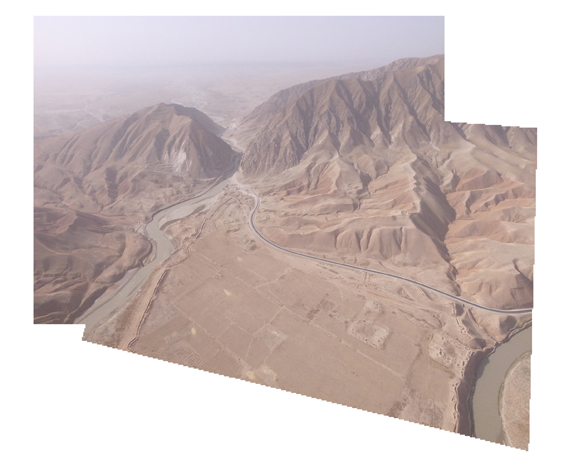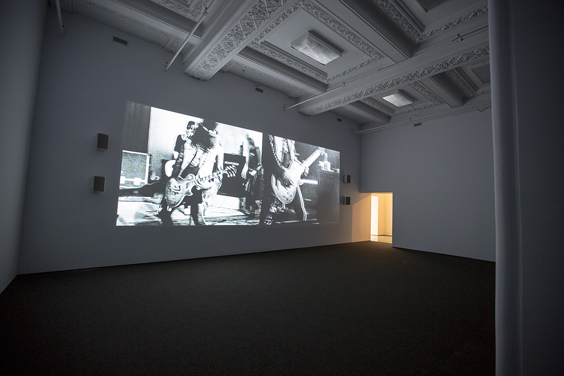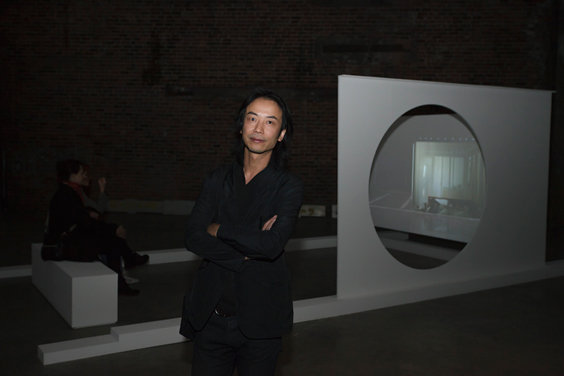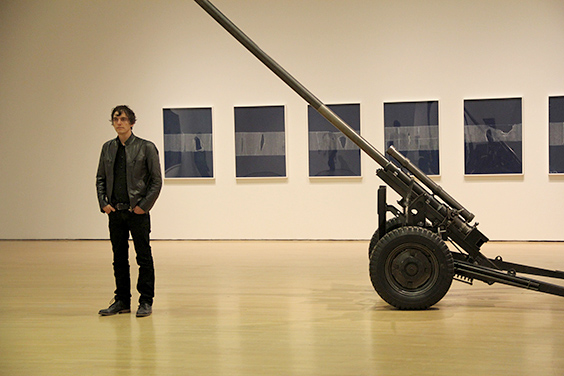
©Thomas Kneubühler
THOMAS KNEUBÜHLER
DARK MATTER
11 NOVEMBER – 19 DECEMBER 2015
(Vernissage: 12 November 2015, 17.00 – 20.00)
PATRICK MIKHAIL GALLERY
12 – 22 NOVEMBER 2015
(Vernissage: 13 November 2015, 17.00 – 19.00)
RIDM HEADQUARTERS
19 NOVEMBER – 19 DECEMBER 2015
(Vernissage: 19 November 2015, 17.30)
GALERIE B-312
Dark Matter is a three part exhibition by Thomas Kneubühler, a Swiss artist based in Montréal, presented at different venues across Montréal – Patrick Mikhail Gallery, RIDM Headquaters and Galerie B-312. Dark Matter unites Days in Night and Land Claim, two of Kneubühler’s recent projects. Produced as the result of an artist residency at CFS Alert, a military and research station in the high Arctic located 800 km from the North Pole, Days in Night examines the phenomenon of 24 hour-long polar nights, an experience of living in the dark and the limits of how much one can see. (shown at Patrick Mikhail Glalery and RIDM Headquarters) Similarly, Land Claim (shown at Galerie B-312) investigates mining conditions in Northern Quebec, a highly controlled territory hidden from the public eye and its connection to global markets. Thomas Kneubühler is interviewed below about his upcoming exhibition series, by fellow artist Andreas Rutkauskas Continue reading “Thomas Kneubühler “Dark Matter” at Patrick Mikhail Gallery, RIDM Headquaters & Galerie B-312, Montréal”


